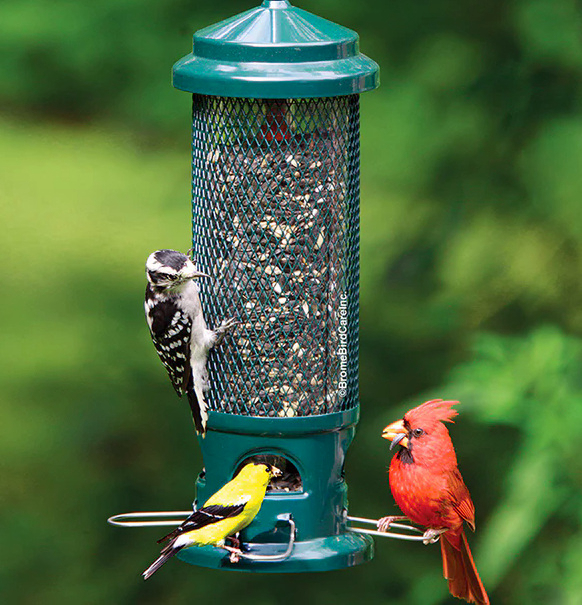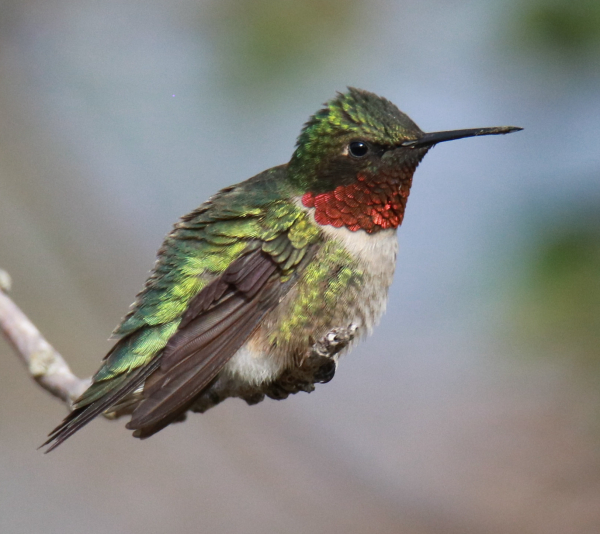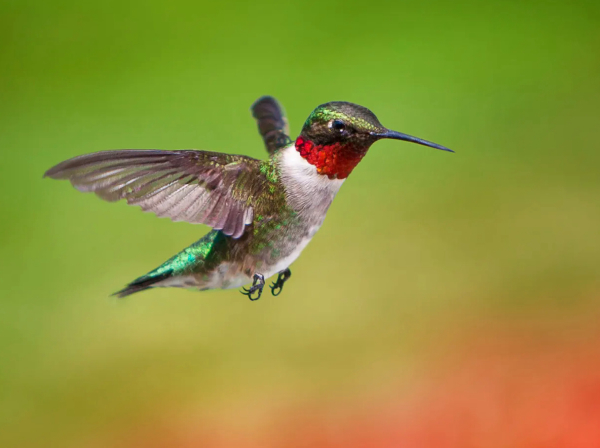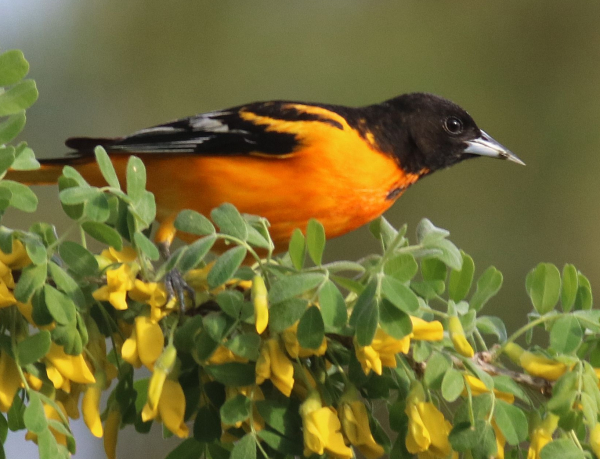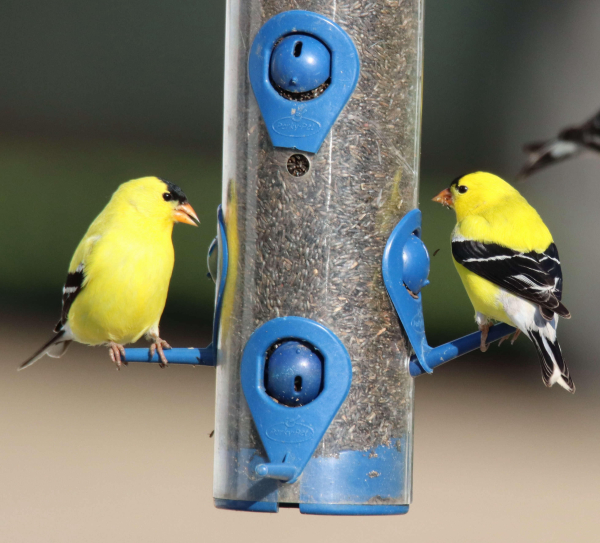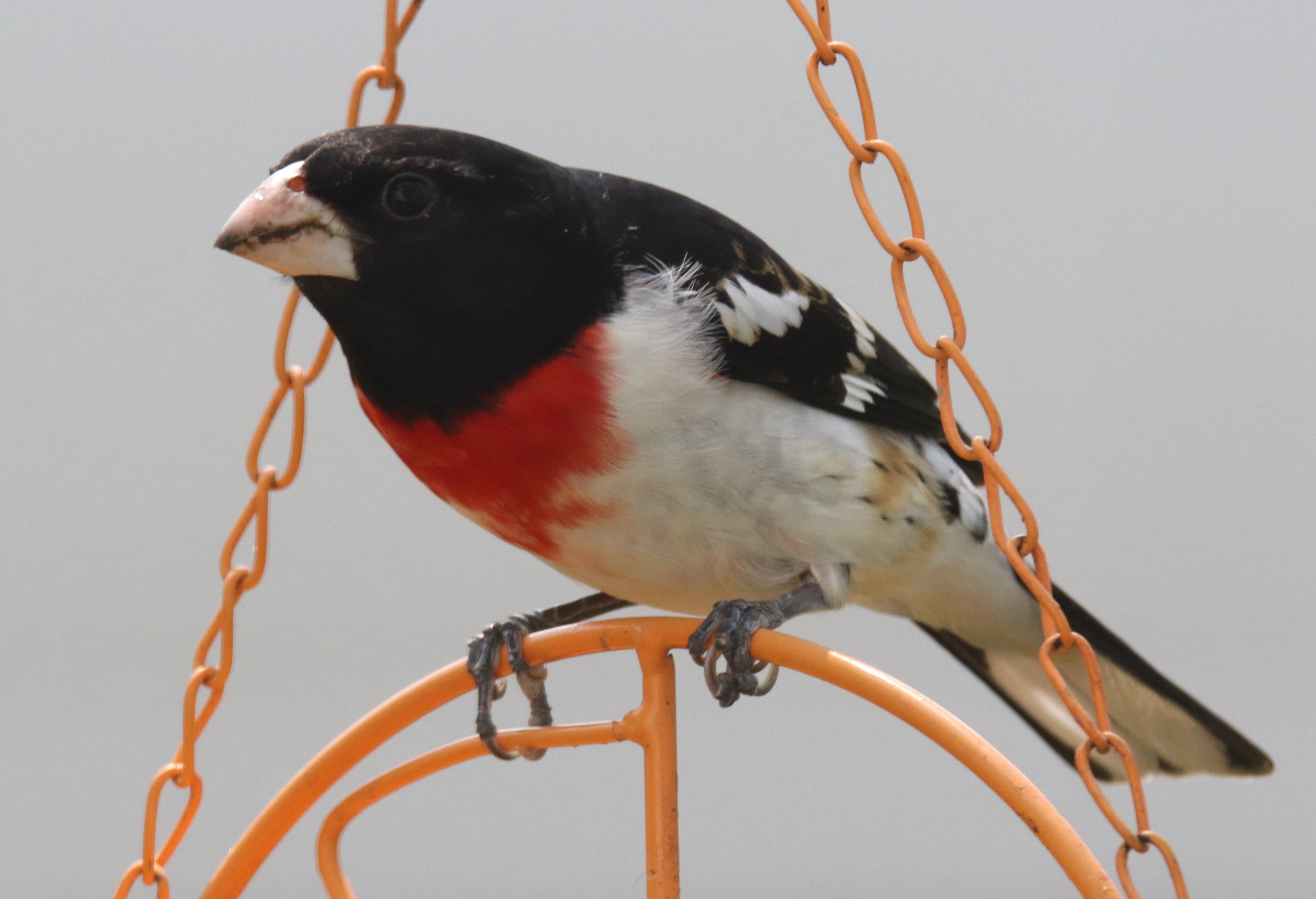Birds of Prey at Your Feeders
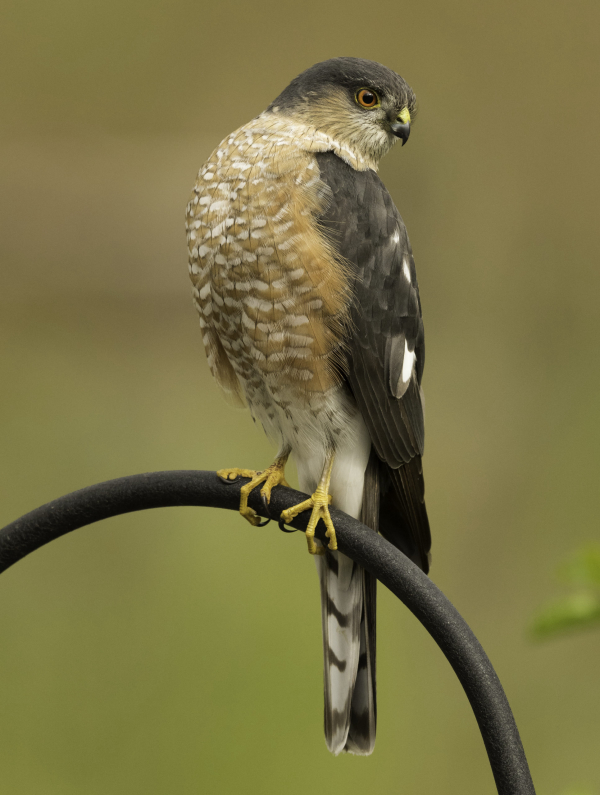
A new Project FeederWatch study looked into the effects of two similar species of hawks that occasionally visit feeding stations, potentially preying on a bird. Periodically a Cooper’s Hawk or a Sharp-shinned Hawk might fly in and flush feeder birds into a panic. These raptors specialize in hunting smaller birds and while they are found throughout much of North America, they sometimes inhabit the same location, especially when winter food sources are concentrated in an area. Given these hawks’ similarities, the question emerges: How do they co-exist?
A central tenet in ecology suggests that when two ecologically similar species occupy the same area, competition should drive one or both to take advantage of different niches – by hunting different prey, for example. New research published in the Journal of Avian Biology reveals that a study of these similar raptor species focused on whether they evolved to select different prey, and to compare how the availability of prey might shape their choices.
With colleagues, Eliot Miller, collections manager with the Macaulay Library at the Cornell Lab of Ornithology, took advantage of data collected for Project FeederWatch by citizen scientists – birders – to study these questions. “A few years ago, we created an option for FeederWatchers to tell us not only what birds were at their feeders,” Miller explained, “but how those birds were interacting with one another. That meant we could figure out the preferred prey of Cooper’s and Sharp-shinned Hawks, because we had data on who was eating who, and we had data on prey availability.”
From October 2015 to April 2022 (7 seasons), FeederWatcher participants observed 1,186 incidences of Cooper’s Hawks eating birds at their feeders and 677 incidences of Sharp-shinned Hawks eating birds. Prey available for these raptors consisted of greater numbers of small birds, such as Pine Siskins, with fewer medium-sized birds, such as jays, and still fewer larger birds like quail.
Miller and colleagues found that Sharp-shinned Hawks hunted small birds, such as juncos and siskins most often. Cooper’s Hawks also hunted small birds, but they mainly hunted medium- and larger-sized birds, such as starlings and pigeons. Miller explained that a focus on different sizes of prey may be one component that allows these closely related hawks to co-exist.
“Cooper’s Hawks are increasingly common in urban areas and they are bigger, so their focus on larger prey isn’t necessarily surprising. Still, no one has studied predator preferences at this spatial scale before, so to see such a strong result speaks to the power of citizen scientists to document these patterns,” said Miller.
It’s also interesting that Miller and colleagues found that the birds that each hawk preys on is reflected in their habitat preferences. “Although Sharp-shins certainly can be found in urban areas, particularly during winter, they are more often found in forests,” noted Miller. “And the cool thing is that we were able to see that in their preferences for prey, prey species also frequently occur in forests, such as Evening Grosbeaks and Purple Finches.”
Miller said this study brought even more questions to mind and he hopes other researchers might also want to take serious looks into Project FeederWatch data. For example, Miller said the team’s results suggest that ground-foraging species might be at greater predation risk, but noted, “we didn’t directly test that question, although it would be an interesting question to examine.” FeederWatch data are freely available and Miller hopes “other researchers will dig in and investigate this and other fascinating questions.”
To read the full research publication, you can refer to: Miller, E., O. Aodha, E. Greig, D. Bonter, and W. Hochachka (2022). Congeneric predators fill niches created by the relative abundance of their prey species. Journal of Avian Biology: e02934 doi/full/10.1111/jav.02934
This article was based on the Project FeederWatch article found at What’s For Dinner? Sharp-shinned and Cooper’s Hawks Pick Different Foods – FeederWatch
Share your backyard birding experiences and photos with The Birding Wire at editorstbw2@gmail.com


